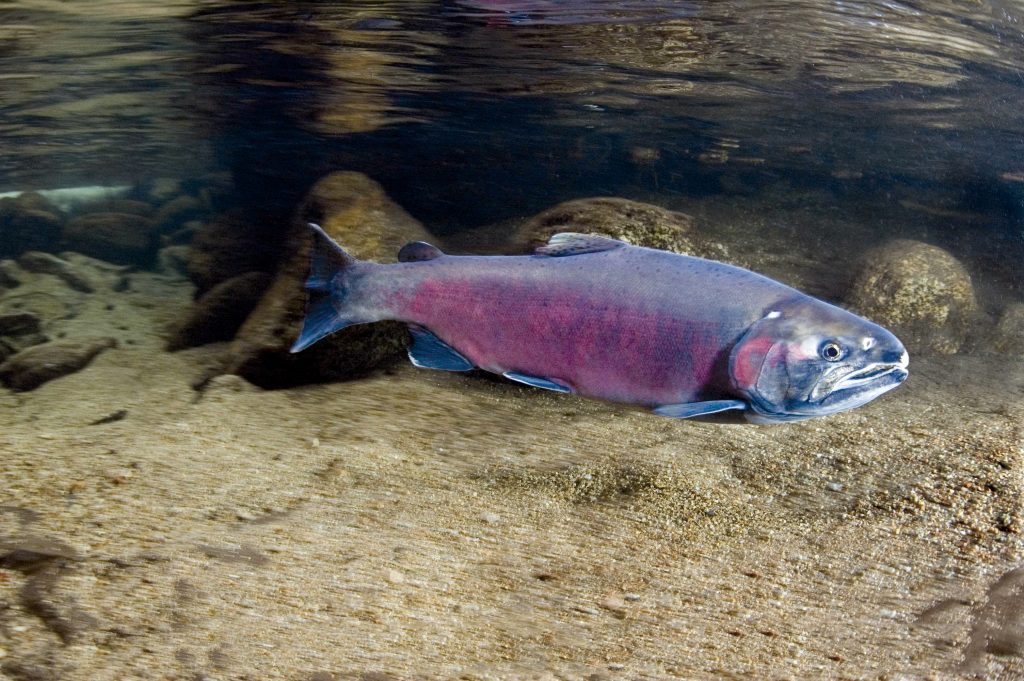By Ashley Boren, Executive Director, Sustainable Conservation
The Problem
In California, more than 350 species are listed as threatened or endangered, 90% of wetlands and riparian areas have been lost, and 2/3 of assessed waterways have poor water quality. There’s a critical need for more projects that restore degraded habitat, improve water quality and save fish and wildlife, including indicator species like salmon, steelhead and many types of birds.
Restoration advocates currently have to obtain permits for environmentally beneficial projects from multiple agencies, using the same process as development projects. Approval is complex, costly and can take months to even years. In some cases, projects are abandoned or never even considered because of the daunting process.
The Solution
To help advance and facilitate restoration projects in the Sacramento Valley and other parts of the state, programmatic permitting simplifies the process and significantly reduces time and cost for both agencies and project proponents, with necessary environmental protections in place. By making it easier for private and public California landowners and water agencies to steward our vital natural resources, Sustainable Conservation’s strategy boosts environmental and economic benefits, and helps our Golden State address mounting challenges related to habitat loss, species decline and a warming climate.
Restoration-centered funding available through Proposition 1 and Proposition 68 does not come with permitting approvals. Simplified permitting helps land stewards leverage these critical dollars for beneficial projects today, with more of the funds applied directly to on-the-ground work instead of the permitting process. Sustainable Conservation and our restoration, legislative and agency partners have already achieved simplified permits through the National Marine Fisheries Service and Coastal Commission, and for small projects from the California Department of Fish and Wildlife. We’re also continuing to work with state and federal agencies to develop new permits to boost large-scale restoration.

Benefits of simplified permitting for restoration include:
Project applicants and regulatory agencies – Simplified regulatory processes are estimated to improve the efficiency of federal and state environmental review for restoration proponents by 25-50% in comparison to individual project permitting. This helps applicants and agencies save critical time and money with a higher degree of regulatory certainty. Plus, the approvals are likely to be renewed, which means increased cost savings over time.
Natural resources – Advanced approval processes with pre-defined project eligibility and established environmental protection measures in place mean more restoration can be implemented more quickly. In addition to protecting California’s iconic fish and wildlife, restoration also benefits water quality, sediment, and salinity balances, as well as increases flood resilience and boosts water supply through groundwater recharge. These multi-benefit projects advance environmental adaptation goals by ensuring our waterways remain resilient long into the future.
California’s wildlife – Critical restoration helps biodiversity and agricultural production flourish in balance and creates robust migration corridors to support wildlife as they adapt to climbing temperatures and changing precipitation patterns. Managed flooding on active crops, like rice, benefits farming and boosts habitat for migrating waterfowl and young fish. Restoration projects that implement creative solutions like this help humans and wildlife thrive together.
Visit Sustainable Conservation for more information. You can also can contact our Accelerating Restoration team for more resources, including technical assistance with your restoration project permitting application, at restoration@suscon.org.



